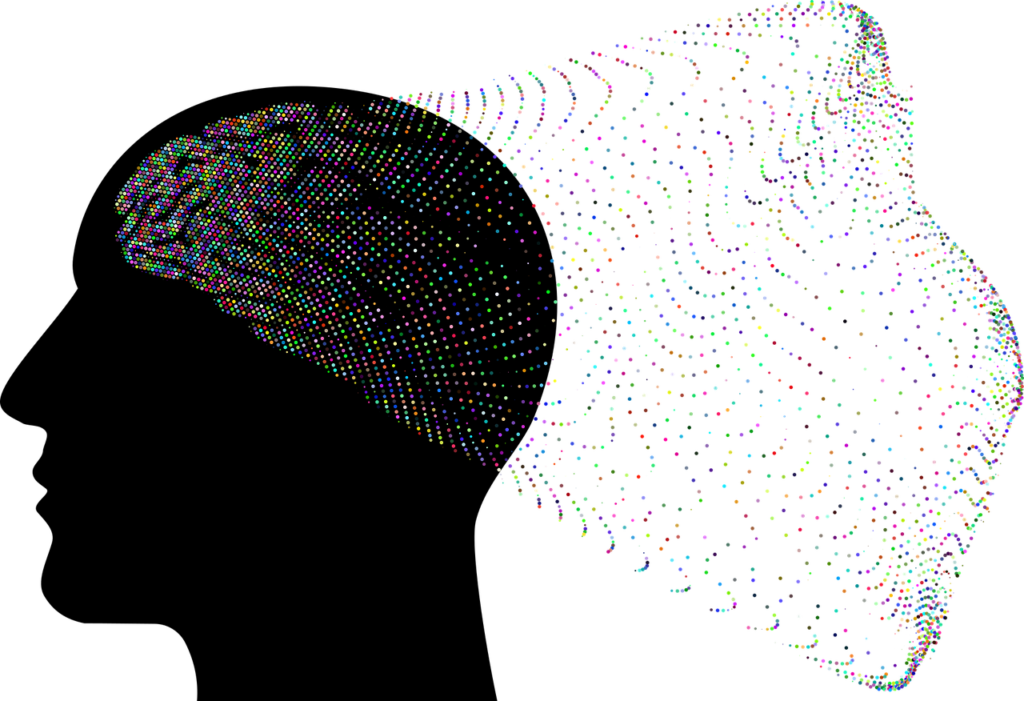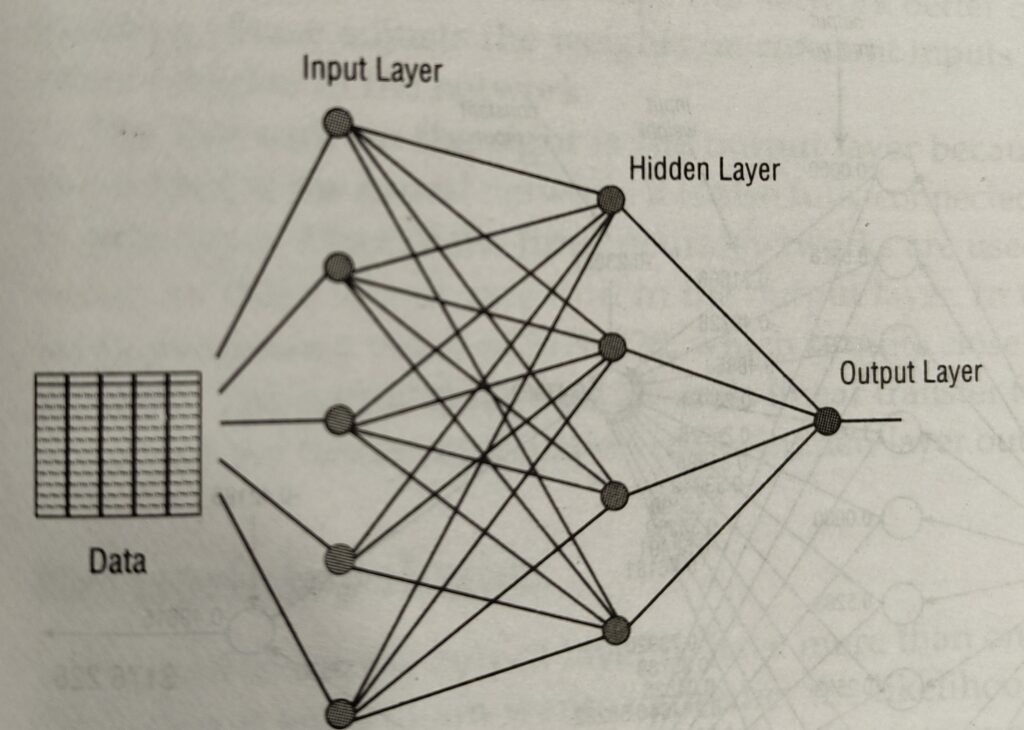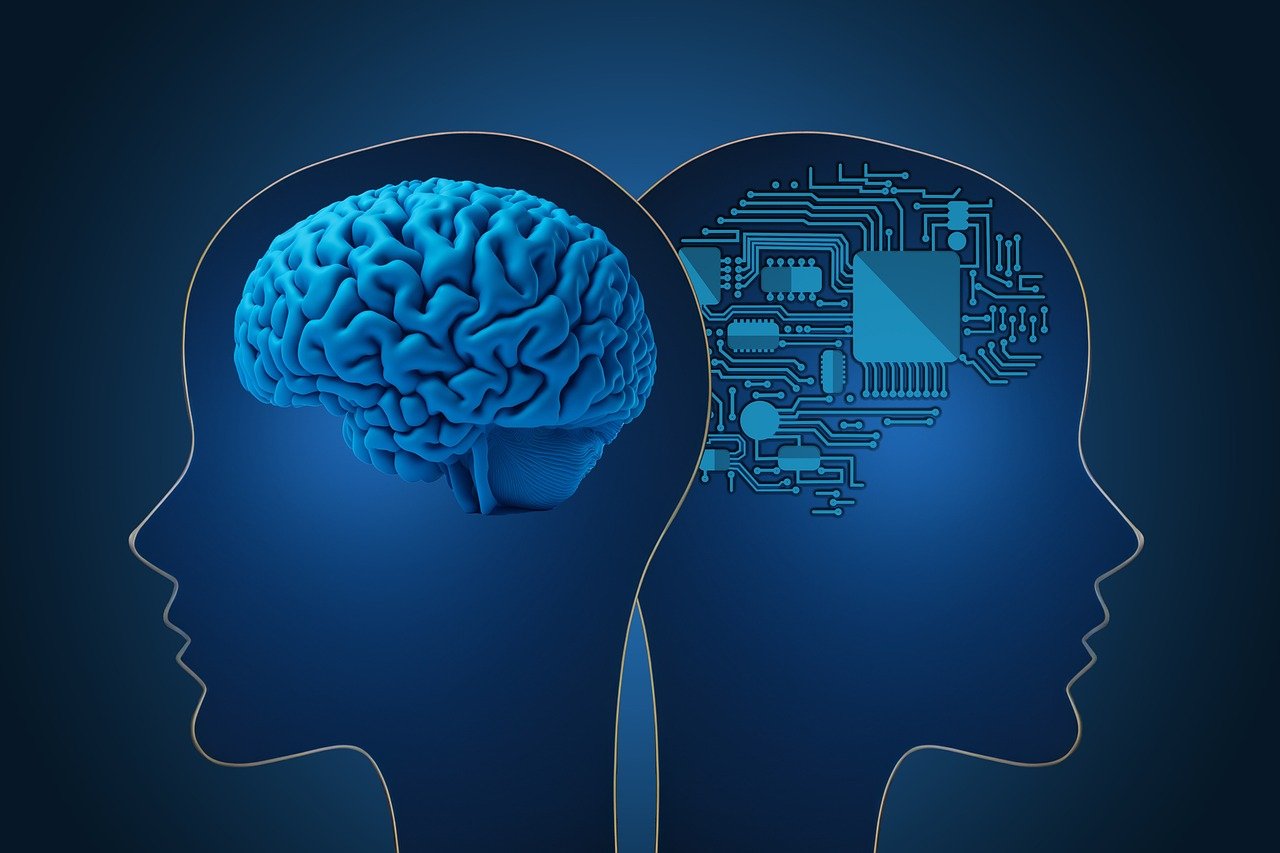Introduction to Neural Networks:
Neural networks have revolutionized the field of artificial intelligence (AI) and machine learning (ML). Inspired by the structure and functioning of the human brain, neural networks have proven to be highly effective in solving complex problems in various domains, such as image recognition, natural language processing, and recommendation systems. This article aims to provide a comprehensive overview of neural networks, their architecture, and their applications

What are Neural Networks?
Neural networks are computational models consisting of interconnected nodes, called artificial neurons or simply "neurons." These neurons work collaboratively to process and analyze complex patterns in data. Neural networks are designed to mimic the behavior of the human brain, where information is transmitted through interconnected neurons, forming a vast network.

Neural Network Architecture:
a. Input Layer: The input layer receives the initial data, which is then passed to the subsequent layers.
b. Hidden Layers: Hidden layers, which can be one or more, process the information received from the input layer through a series of mathematical transformations.
c. Output Layer: The output layer provides the final result or prediction based on the processed information from the hidden layers.
Types of Neural Networks:
Feedforward Neural Networks:
Feedforward neural networks are the most basic type of neural network. They consist of an input layer, one or more hidden layers, and an output layer. Data flows in a unidirectional manner, from the input layer through the hidden layers to the output layer. Each neuron in a feedforward neural network is connected to the neurons in the subsequent layer, and these connections have associated weights that determine the importance of the information transmitted. These networks are commonly used for tasks such as image classification, regression analysis, and pattern recognition.
Recurrent Neural Networks (RNNs):
Recurrent neural networks have connections between neurons that form directed cycles, allowing them to retain memory of past inputs. This memory enables RNNs to process sequential data, such as time series or natural language, where the current output depends not only on the current input but also on the previous inputs and their temporal context. RNNs have a feedback loop that feeds the output of a neuron back into the network, enabling information to persist over time. This makes RNNs suitable for tasks like speech recognition, language modeling, and machine translation.
Convolutional Neural Networks (CNNs):
Convolutional neural networks are primarily used for analyzing visual data, such as images and videos. CNNs leverage a specialized layer called a convolutional layer, which performs convolutions on the input data. Convolution involves sliding a small window, called a filter or kernel, across the input, performing element-wise multiplications and summing the results to create a feature map. By using multiple convolutional layers, CNNs can learn hierarchical representations of visual features, enabling them to excel in tasks such as object detection, image classification, and image segmentation.
Long Short-Term Memory (LSTM) Networks:
Long Short-Term Memory networks are a type of recurrent neural network that effectively captures long-term dependencies in sequential data. Standard RNNs can suffer from the vanishing or exploding gradient problem when processing long sequences, hindering their ability to retain useful information. LSTM networks address this issue by incorporating memory cells and gating mechanisms. These gates control the flow of information through the network, allowing LSTM networks to remember and forget information over extended periods. LSTM networks are widely used in tasks such as speech recognition, language modeling, and sentiment analysis.
Applications of Different Neural Networks:
a. Feedforward neural networks are suitable for tasks requiring static input-output mappings, such as image classification and regression analysis.
b. Recurrent neural networks excel in tasks involving sequential or time-dependent data, including speech recognition, language modeling, and music generation.
c. Convolutional neural networks are particularly effective in tasks related to image and video analysis, such as object detection, image recognition, and facial expression analysis.
d. Long Short-Term Memory networks are utilized in tasks that require capturing long-term dependencies in sequential data, such as speech recognition, sentiment analysis, and handwriting recognition.
Conclusion:
Understanding the different types of neural networks and their applications is crucial in harnessing the power of artificial intelligence and machine learning. Each type of neural network possesses unique characteristics and is suited for specific tasks. By leveraging the strengths of these networks, researchers and practitioners can continue to advance the field, pushing the boundaries of what is possible in AI and ML.
FAQs about Neural Networks
1. Are neural networks the same as deep learning?
No, neural networks and deep learning are related but not the same. Deep learning is a subset of neural networks that refers to networks with many layers (deep architectures). Deep learning has gained popularity due to its ability to automatically learn hierarchical representations from data, enabling it to solve complex tasks with high accuracy.
2. How much training data is required for neural networks?
The amount of training data required depends on the complexity of the problem and the size of the network. In general, more data improves the network's ability to generalize and make accurate predictions. However, collecting and labeling large amounts of data can be time-consuming and costly. Techniques such as transfer learning and data augmentation can help mitigate the need for extensive training data.
3. Can neural networks explain their decisions?
Traditional neural networks are considered black boxes, as they lack explicit explanations for their predictions. However, techniques such as interpretability and explainable AI aim to shed light on the decision-making process of neural networks. Researchers are actively working on developing methods to provide insights into how neural networks arrive at their predictions, especially for critical applications like healthcare.
4. How do neural networks handle noisy or missing data?
Neural networks are capable of handling noisy or missing data to some extent. Preprocessing techniques such as data cleaning, normalization, and imputation can help mitigate the impact of noisy or missing data. However, it is essential to ensure the quality and integrity of the data, as neural networks rely heavily on accurate and representative training data.
5. What is the future of neural networks?
The future of neural networks is promising. Researchers are continuously developing new architectures and techniques to improve their performance, efficiency, and interpretability. Advancements in hardware, such as graphics processing units (GPUs) and specialized chips, are enabling the training and deployment of larger and more complex networks. Neural networks are expected to play a crucial role in various domains, including healthcare, autonomous systems, and personalized services.
6. How can I get started with neural networks?
To get started with neural networks, you can explore popular machine learning libraries such as TensorFlow, PyTorch, or Keras. These libraries provide user-friendly interfaces and tutorials that guide you through building and training neural networks. Online courses and tutorials are also available to help you understand the underlying principles and techniques of neural networks.

2 thoughts on “Understanding Neural Networks: The Building Blocks of Artificial Intelligence”